

Diamond Color Scale Guide: Choose the Perfect Diamond

Diamond color significantly affects the overall look of your diamond. The grading scale ranges from D (totally colorless) to Z (with a warm yellow hue). Top-grade colorless diamonds (D-F) are pure but expensive, with prices starting at $6,000-$7,000 for a 1-carat diamond. Near-colorless diamonds (G-J) are a great deal, with 1-carat stones starting around $4,000-$4,500, saving you roughly 28%-35% while still looking beautiful.
Table Of Content⮟
- What Is Diamond Color?
- Understanding the Diamond Color Scale
- GIA Diamond Color Grading Scale
- What Is The Best Color For A Diamond?
- Fancy Color Diamonds Chart
- How important is a diamond color?
- How To Select The Right Diamond Color?
- Diamond Color & Clarity
- Conclusion: Choosing The Right Diamond Color
- FAQs: Diamond Color Scale
This guide will help you understand diamond color and how to choose diamonds that appear colorless to the human eye, ensuring you get the best value. We'll also explain how the diamond's setting and shape affect color perception so you can make the right choice and maximize your budget.
What Is Diamond Color?
Diamond color refers to how clear or colorless a diamond appears, impacting its beauty and value. The Gemological Institute of America (GIA) grades diamonds from D to Z. A diamond graded 'D' is completely colorless and highly valued, while a 'Z' grade shows noticeable yellow or brown hues, making it less desirable.
The less color a diamond has, the better it reflects light, enhancing its brightness and sparkle. Colorless diamonds are the most sought after because their lack of color allows maximum light to pass through, boosting their brilliance.
Understanding the Diamond Color Scale
The diamond color scale helps judge a diamond’s color and its effect on value, ranging from D (colorless) to Z (yellow or brown). Diamonds graded D to F are the most valuable because they are colorless and allow the most light to pass through, boosting their sparkle.
Knowing this scale helps buyers easily assess the quality and price of a diamond. Choosing a diamond with less color means better light reflection, making it appear brighter and more brilliant.
![[Diamond Color & Grade Chart showing the diamond color scale from colorless (D-F) to yellow (S-Z), with descriptions of color grades from colorless to yellow diamond.]-[ouros jewels]](https://cdn.shopify.com/s/files/1/0527/7669/8040/files/Diamond_Color_Grade_Chart_showing_the_diamond_color_scale_from_colorless_D-F_to_yellow_S-Z_with_descriptions_of_color_grades_from_colorless_to_yellow_diamond._2048x2048.webp?v=1716975438)
GIA Diamond Color Grading Scale
GIA color grading checks a diamond's color to determine its value and attraction. To achieve proper color perception, this process is takes place in a controlled environment with consistent lighting. Diamonds are graded against a collection of master stones reflecting the color range from D to Z, which helps in quality grading.
![[Diamond Color Grading Chart showing the progression from colorless (D) to light yellow (Z) diamonds for understanding the diamond color scale]-[ouros jewels]](https://cdn.shopify.com/s/files/1/0527/7669/8040/files/Diamond_Color_Grading_Chart_showing_the_progression_from_colorless_D_to_light_yellow_Z_diamonds_for_understanding_the_diamond_color_scale_1024x1024.webp?v=1716975383)
Multiple gemologists may examine each diamond to confirm its color grade, ensuring similarity and accuracy. The final grade report is listed on GIA (Gemological Institute Of America) official website, which is useful for insurance and resale. This grading process is needed for buyers and sellers to understand the true grade and value of a diamond.
What Is The Best Color For A Diamond?
The best diamond color depends on your personal style and budget. D color diamonds are the most colorless and expensive, but diamonds in the G to I range can look almost the same to the naked eye and are much more affordable. For instance, a 1-carat D color diamond costs significantly more than an H color diamond of the same size, but the difference in color is hardly noticeable.
The setting also plays a role in how the diamond appears. Yellow or rose gold settings can make lower-color diamonds look more colorless, allowing you to save on the diamond. The best diamond color should suit your needs, complement the diamond shape, match the setting, and fit your budget.
Fancy Color Diamonds Chart
Fancy colored diamonds chart is specifically different from that for white diamonds. White diamonds are graded on a D to Z scale to identify the presence of yellow or brown colors, while fancy colored diamonds are valued based on the strength and brightness of their color.
![[Color wheel of fancy colored diamonds including pink, blue, yellow, green, red, and more, with a detailed color chart for green diamonds from faint to fancy vivid]-[ouros jewels]](https://cdn.shopify.com/s/files/1/0527/7669/8040/files/Color_wheel_of_fancy_colored_diamonds_including_pink_blue_yellow_green_red_and_more_with_a_detailed_color_chart_for_green_diamonds_from_faint_to_fancy_vivid_600x600.webp?v=1716975614)
For fancy colored diamonds, the grading scale uses no letters but rather descriptive phrases ranging from the 'Faint' to the 'Most Vivid' color.
- Faint Color Diamond
- Very Light Diamond
- Light Color Diamond
- Fancy Light Diamond
- Fancy Diamond
- Fancy Intense Diamond
- Fancy Vivid Diamond
- Fancy Deep Color Diamond
- Fancy Dark Color Diamond
Fancy yellow diamonds graded "Faint" have some yellow color, somewhat more so than a Z-grade white diamond. "Fancy Intense" or "Fancy Vivid" diamonds, on the other hand, have a rich golden yellow color.
"Fancy Vivid" diamonds are brighter and more valuable than "Fancy Deep" or "Fancy Dark" diamonds. As a result, "Fancy Vivid" and "Fancy Intense" diamonds are in great demand and more expensive, but "Faint" or "Light" diamonds are more cost-effective and widely available. Color intensity has an important effect on market attractiveness and pricing.
The color of a diamond has an important effect on both its look and pricing. While colorless diamonds have traditionally been the most sought-after, many people now prefer diamonds with a little color for their unique and classic beauty.
How important is a diamond color?
Because A diamond's color affects its price, with colorless diamonds being the most costly. However, the best diamond for you should strike a balance between the 4 Cs—color, carat, cut, and clarity—while keeping within your budget. If you want a brilliant color, you may have to compromise on the diamond's size, cut, or clarity. If you put more importance on size or brightness, a near-colorless diamond may provide better overall value, allowing you to invest more in other essential features.
How To Select The Right Diamond Color?
When selecting the right diamond color, it is important to understand how multiple factors like shape, carat weight, and setting can impact the look of the diamond's color. This is how to select the best option:
![[Diamond Color Scale from D (colorless) to Z (noticeable color) with categories showing colorless (D-F), near colorless (G-J), and noticeable color (K-Z)]-[ouros jewels]](https://cdn.shopify.com/s/files/1/0527/7669/8040/files/Diamond_Color_Scale_from_D_colorless_to_Z_noticeable_color_with_categories_showing_colorless_D-F_near_colorless_G-J_and_noticeable_color_K-Z_1024x1024.webp?v=1716975650)
1. Diamond Shape:
The shape of a diamond affects its color brightness. Because of the different facets, round brilliant cuts are excellent at hiding minor color tones. Diamonds with step cuts, like the princess cut, unique oval step cut, asscher cut or emerald cut, show more color because their facets are bigger and more open.
2. Diamond Carat Weight:
The size of the diamond affects how color is viewed. Larger diamonds show more color than smaller ones. For example, a 2 carat diamond with a faint blue color will display more color than a smaller diamond with the same color grade.
3. Diamond Setting:
The diamond setting's metal is very important. The best settings for colorless diamonds (grades D, E, and F) are platinum or white gold, which enhances their cool beauty. Yellow or rose gold settings work well for diamonds with just a little of yellow because they can soften the color and give comfort.
Diamond Color & Clarity
Diamond color and clarity are important factors that affect how a diamond looks, even they refer to different attributes. Higher scores indicate less color in a diamond. The color grade measures how colorless a diamond is. Clarity, on the other hand, looks at the presence of internal and outside marks called inclusions and spots etc.
To choose the best diamond, you can use colors and clarity guide. If you're not sure about which factor should come first, asking with a diamond expert like ouros jewels can provide specific advice. Generally speaking, the shape of the diamond and the style of the ring setting you select will impact if color or clarity is more important.
Conclusion: Choosing The Right Diamond Color
Choosing the right diamond involves balancing color and clarity, which greatly affect its appearance and price. Colorless diamonds, graded from D (colorless) to Z (yellow or brown), are the most brilliant and expensive. However, nearly colorless diamonds can offer a stunning look at a more affordable price. Clarity refers to the presence of flaws in the diamond and plays a key role in its sparkle.
The diamond's shape and setting also impact how its color and clarity appear. By considering factors like color, clarity, carat, and cut, you can find a diamond that fits your budget and style. Consulting with a diamond expert ensures you make an informed choice, helping you select a diamond that shines beautifully in its setting.
FAQs: Diamond Color Scale
Q.1 What is the diamond color scale?
Ans. The diamond color scale, created by the GIA, grades diamonds from D (colorless) to Z (light yellow). The less color, the higher the diamond's value.
Q.2 Which diamond color is the best?
Ans. D is the best diamond color grade as it is completely colorless. E and F are also colorless but may have slight, unnoticeable differences.
Q.3 How does diamond color affect value?
Ans. Colorless diamonds (D-F) are the most valuable. Near-colorless diamonds (G-J) are cheaper but still look almost colorless to the naked eye.
Q.4 Can you see the difference between diamond colors?
Ans. Small differences between grades like D and E are hard to spot. Lower grades like K and below may show light yellow, especially in bigger diamonds.
Q.5 Does diamond setting affect color?
Ans. Yes, the setting affects how the diamond's color looks. Yellow gold can hide some yellow in lower color grades, while white gold highlights colorless diamonds.
Q.6 Is it worth buying a near-colorless diamond?
Ans. Yes, near-colorless diamonds (G-J) often look as good as colorless diamonds but cost much less, making them a great value.
Q.7 Why do diamonds start at D and not A?
Ans. The GIA started at D to avoid confusion with older systems that used A, B, and C. D was chosen to represent the best color grade with no bias.
Q.8 How does diamond shape affect color visibility?
Ans. Round diamonds hide color better than other shapes like emerald or cushion cuts. Shapes with larger facets can show more color.
Q.9 What is the difference between colorless and fancy colored diamonds?
Ans. Colorless diamonds are graded D-Z, while fancy colored diamonds are graded on color intensity, such as light, intense, or vivid.
Q.10 How do I choose the right diamond color?
Ans. Choose based on your budget, setting, and shape. Near-colorless diamonds can offer a great look at a lower price, while settings can help minimize color visibility.
Recent Blogs
-
January 5, 2026
-
January 3, 2026
-
The Complete Guide to Lab-Grown Diamonds: Ethical Luxury for the Modern Consumer December 30, 2025
-
The Complete Guide to Lab-Grown Diamonds: Ethical Luxury for the Modern Couple December 24, 2025
-
December 20, 2025

 Solitaire Rings
Solitaire Rings

 Halo Rings
Halo Rings

 Bezel Rings
Bezel Rings

 Three Stone Rings
Three Stone Rings

 Five Stone Rings
Five Stone Rings

 Bridal Set Rings
Bridal Set Rings

 Solitaire Accent Rings
Solitaire Accent Rings

 Toi Moi Rings
Toi Moi Rings

 Semi Mount Rings
Semi Mount Rings

 Custom Rings
Custom Rings
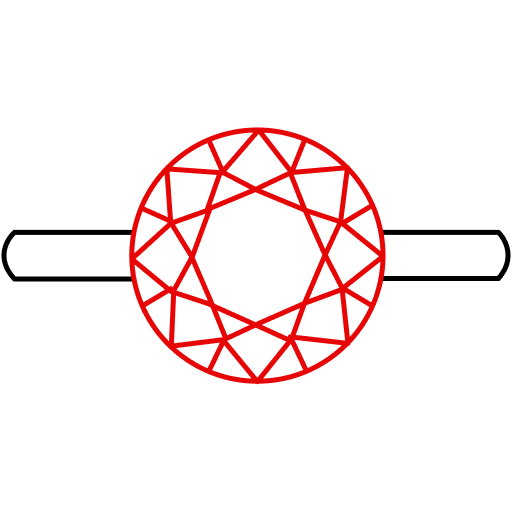
 Color Diamond Rings
Color Diamond Rings

 Lab Gemstone Rings
Lab Gemstone Rings

 Men's Rings
Men's Rings

 Round
Round

 Pear
Pear

 Oval
Oval

 Princess
Princess

 Asscher
Asscher

 Marquise
Marquise

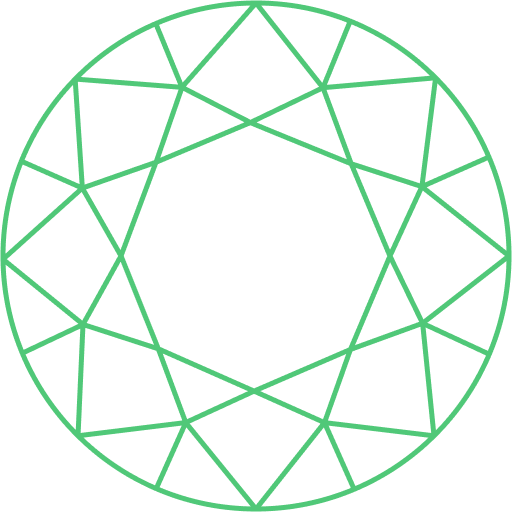 Emerald
Emerald

 Cushion
Cushion

 Radiant
Radiant

 Heart
Heart

 Old Cuts
Old Cuts
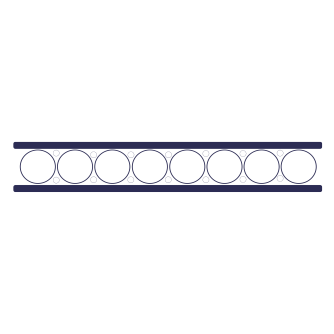
 Eternity Bands
Eternity Bands

 Dainty Bands
Dainty Bands

 Custom Bands
Custom Bands

 Men’s Bands
Men’s Bands
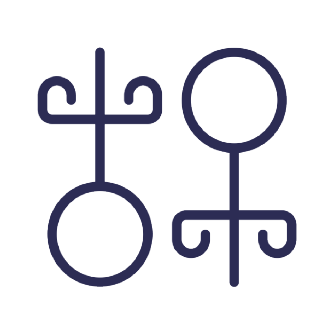
 Studs
Studs

 Hoops
Hoops

 Jackets
Jackets

 Dangle
Dangle

 Bridal
Bridal

 Tennis Bracelet
Tennis Bracelet

 Fashion Bracelet
Fashion Bracelet
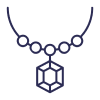
 Pendant
Pendant

 Necklace
Necklace
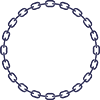
 Men's Jewelry
Men's Jewelry

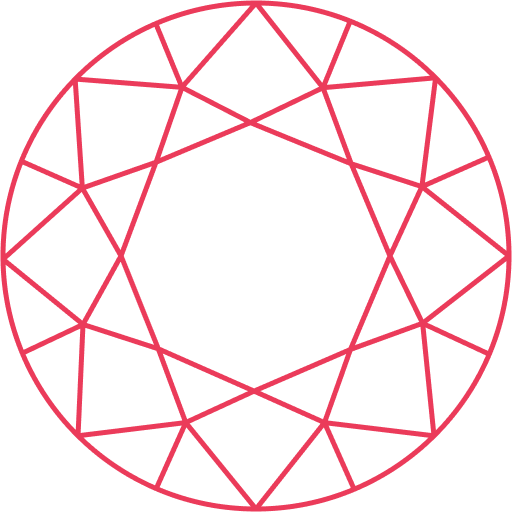 Pink
Pink

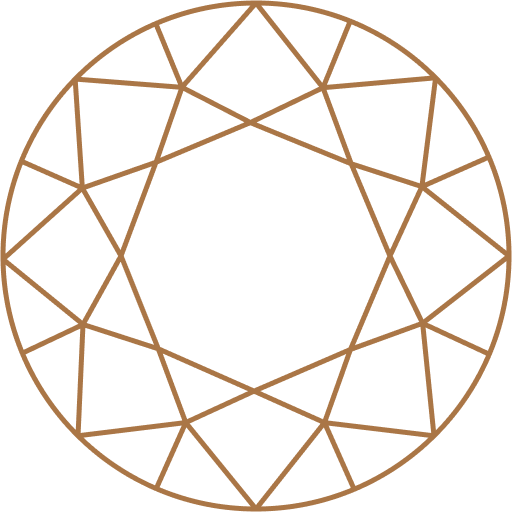 Champagne
Champagne

 Yellow
Yellow

 Blue
Blue

 Black
Black

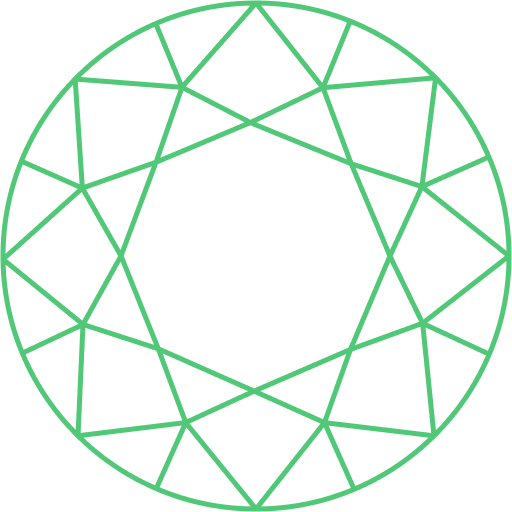 Green
Green

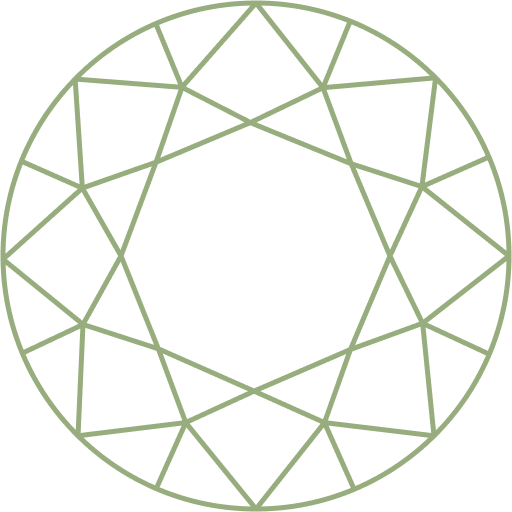 Olive
Olive

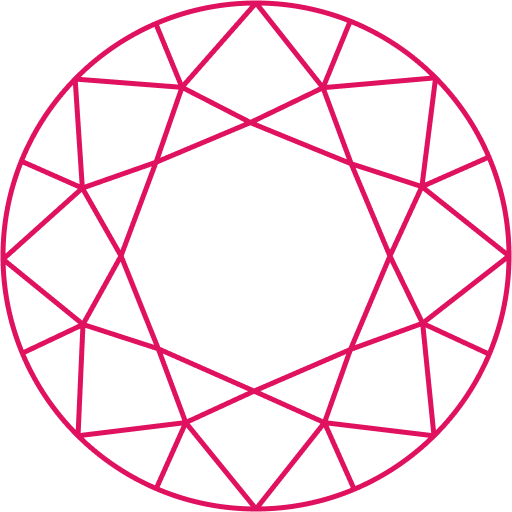 Ruby
Ruby

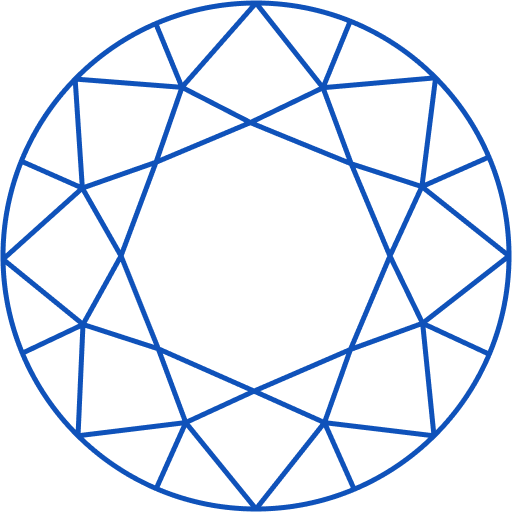 Sapphire
Sapphire

 Other Gemstone
Other Gemstone

 Old Cut Jewelry
Old Cut Jewelry

 Antique Diamond Jewelry
Antique Diamond Jewelry

 Kids Collection
Kids Collection

 Celebrity Jewelry
Celebrity Jewelry

 Old Cut
Old Cut

 Antique Cut
Antique Cut

 Matching Pair
Matching Pair

 Step Cut
Step Cut
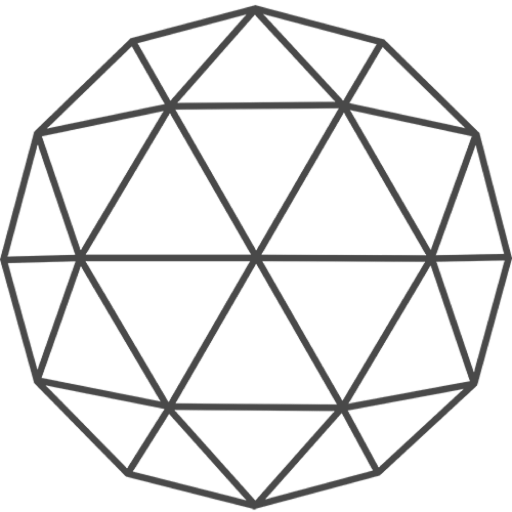
 Rose Cut
Rose Cut

 Portuguese Cut
Portuguese Cut

 Portrait Cut
Portrait Cut

 Pie Cut
Pie Cut

 Champange
Champange

 Other
Other

 IGI-GIA Certified
IGI-GIA Certified

 8X Diamond
8X Diamond

 Ready Stocks
Ready Stocks

 OEC Round
OEC Round

 Old Mine Cushion
Old Mine Cushion

 Old Mine Moval
Old Mine Moval

 Old Mine Emerald
Old Mine Emerald

 Old Mine Asscher
Old Mine Asscher

 Old Mine Pear
Old Mine Pear

 Old Mine Heart
Old Mine Heart

 Rings
Rings

 Bands
Bands

 Earrings
Earrings

 Bracelets
Bracelets

 Anniversary Gift
Anniversary Gift

 Birthday Gift
Birthday Gift

 Gift For Her
Gift For Her

 Gift For Him
Gift For Him

 Under 300$
Under 300$

 Under 500$
Under 500$






